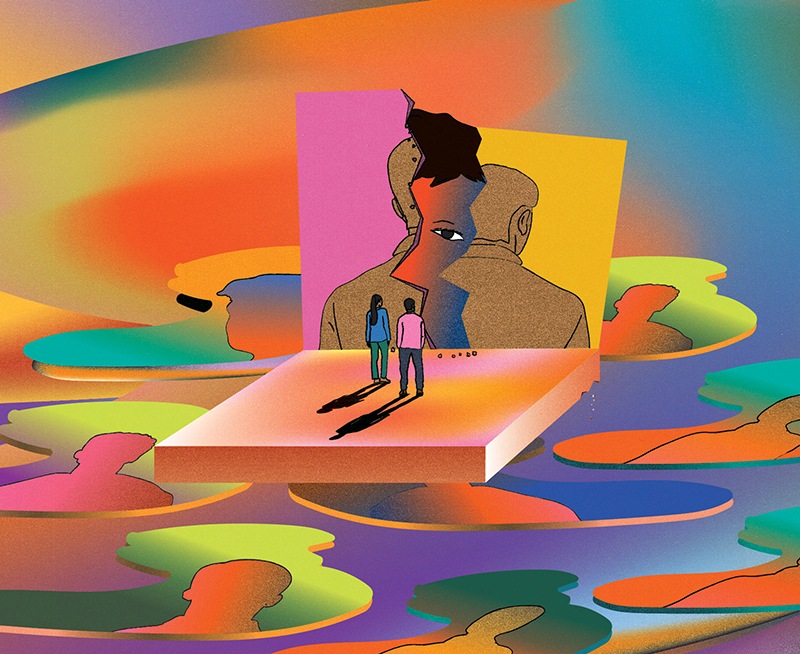Thousands of spectators gathered on St. George front campus on Sept. 27 to witness a double celestial phenomenon – a total lunar eclipse and a supermoon. During this event, the sun, Earth and moon align perfectly when the moon is at its closest point to Earth. The moon appears larger and adopts a blood-red hue. Although cloudy weather made it impossible to see the moon, many watchers came prepared with cards, board games, a blanket and good company. While people were drawn by the rarity of the event – the only total lunar eclipse and supermoon combination visible from Toronto until 2033 – they were also drawn to the communal experience, says Michael Reid, lecturer and public outreach co-ordinator at the Dunlap Institute for Astronomy and Astrophysics.
Despite the moon no-show, spectators stayed and asked U of T professors questions about the Big Bang and our place in the cosmos. “The event ignited a sense of wonder that lasts way longer than any eclipse,” says Roberto Abraham, an astronomy professor. “People’s curiosity can range from purely aesthetic to deeply philosophical, such as contemplating the ultimate origin of the universe.”
Recent Posts
A Sentinel for Global Health
AI is promising a better – and faster – way to monitor the world for emerging medical threats
The Age of Deception
AI is generating a disinformation arms race. The window to stop it may be closing
Safety First
AI has developed faster than anyone thought. Will it serve humanity’s best interests?




